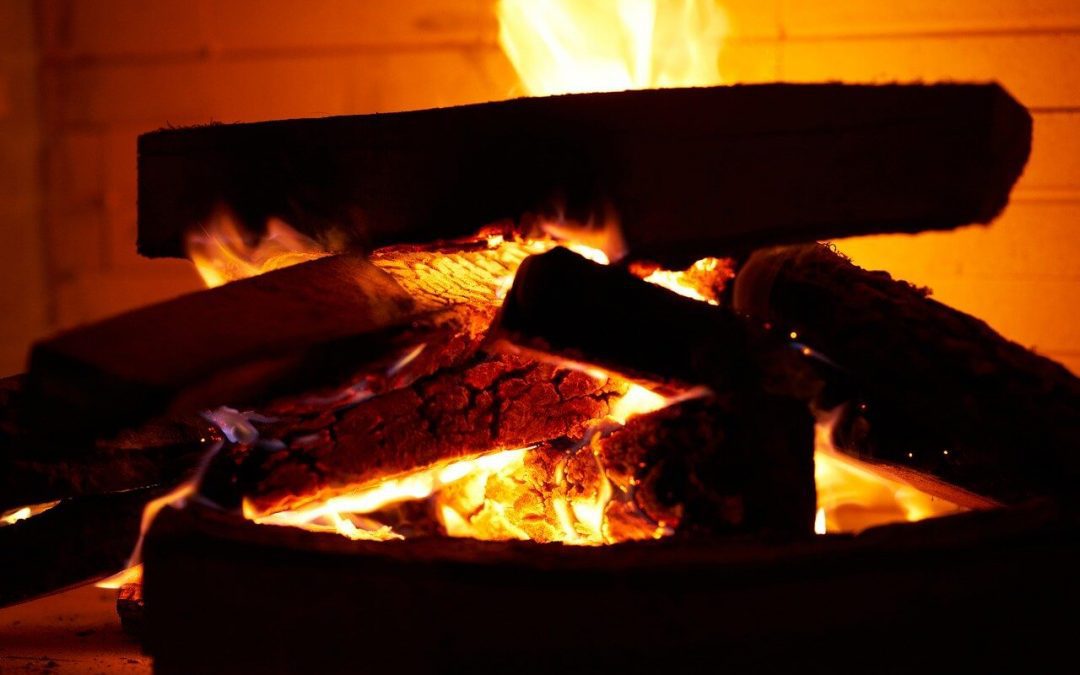Using your fireplace is an efficient and cozy way to warm your home during winter. Before you build the first fire of the season, there are several steps to take to keep your home safe. Prepare your fireplace for use with these tips.
Hire a Chimney Sweep to Prepare Your Fireplace for Use
One of the common causes of chimney fires is debris in the chimney. Over time, creosote, animal nests, leaves, and other materials can accumulate in the chimney. Because creosote is flammable, it can ignite and lead to a house fire. Have a professional clean the chimney at least once per year. An expert can also inspect the chimney and inform you of its current condition. You’ll know if it’s safe to use or if it needs repairs.
Have a Functioning Damper
The chimney damper regulates airflow inside your chimney. Generally, a plate or valve opens and closes via a pull chain, rotary control, or push rod. The damper should stay closed when the fireplace is not in use. Open it when you want to light a fire. To make sure the damper is functioning, try opening and closing it. If it doesn’t work smoothly, have it repaired or replaced to prepare your fireplace for use.
Prepare Your Fireplace for Use by Inspecting the Chimney Cap
Does your chimney have a cap? Is it in good condition? If it’s not, address this problem before using the fireplace. A damaged chimney cap can allow leaves, twigs, and other debris to fall into the chimney. While this may seem minor, this build-up can potentially ignite, causing a chimney fire. Repair or replace the chimney cap if necessary.
Inspect Your Smoke Detectors and Carbon Monoxide Alarms
Smoke detectors and carbon monoxide alarms are even more essential when using your fireplace and other heating units in colder seasons. To keep everyone in your family safe, replace the batteries and test each alarm every month to verify they are functioning correctly.
Replace units that are more than ten years old. If you don’t have detectors, purchase smoke and carbon monoxide detectors and install them throughout your home.
Trim Nearby Trees
Trees are an excellent way to boost curb appeal and property value. However, overhanging tree branches can be a fire hazard. They can also damage your chimney cap or roof if they fall. When inspecting your chimney, trim nearby tree limbs.
Check for Cracks
Have an expert check for signs of damage to your chimney’s structure. Missing or cracked mortar and loose bricks can pose a significant risk to your fireplace. Cracks allow moisture to enter the chimney, leading to water damage. These issues may not always be obvious, so hire a professional to inspect the chimney for damage and make repairs as needed.
Environmental Quality Inspection provides environmental testing services to customers in Rhode Island and Southern Massachusetts. Contact us to request an appointment.

